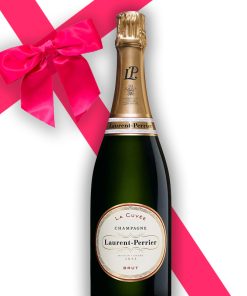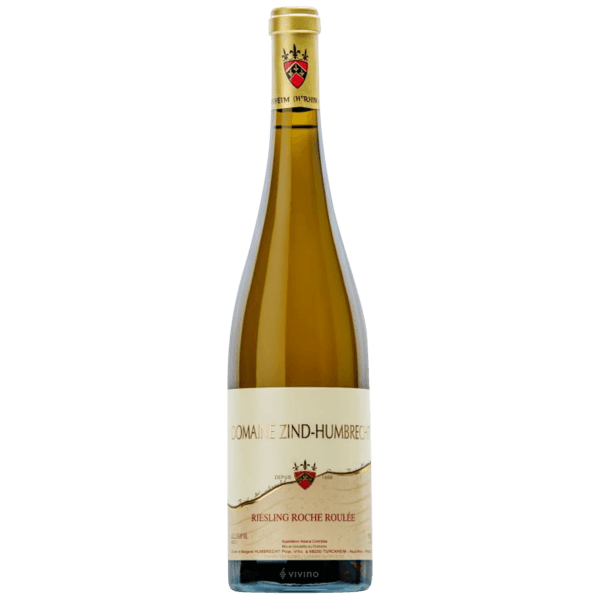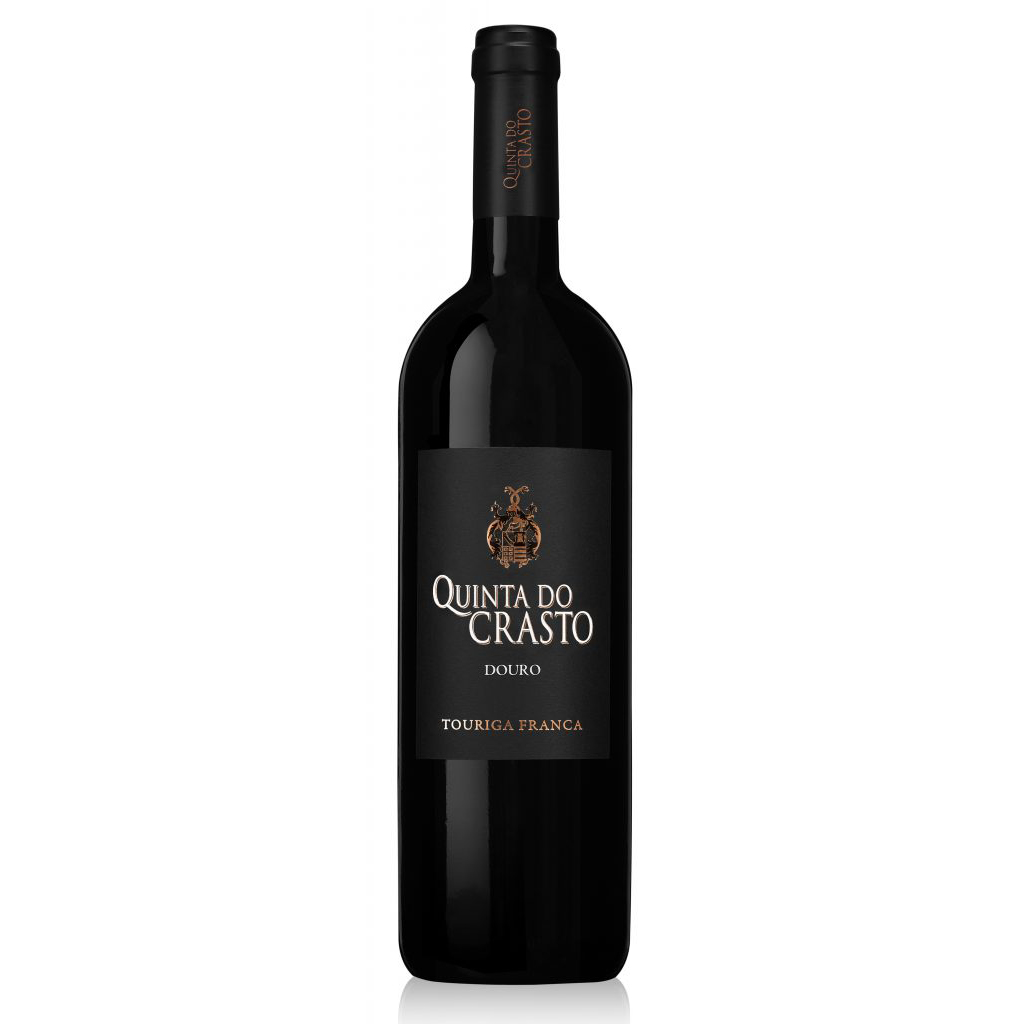2018 Zind-Humbrecht Riesling Roche Roulee
2018 Zind-Humbrecht Riesling Roche Roulee Intense yellow colour, indicating some ripeness. Fully open, it is clear that this wine benefits from more bottle age now. The nose shows nice ripe Riesling aromas, honey, white fruits and citrus. These vineyards produce a generous style of wine, clearly demonstrated in the 2018 vintage. Velvety texture, but the finish shows a surprising ripe acidity. This is a classic style of wine from the Turckheim area.
Domaine Zind-Humbrecht
Léonard and Geneviève Humbrecht
The marriage of Léonard Humbrecht and Geneviève Zind (daughter of Alice and Emile Zind) brought the two small family Domaines together in 1959 and started what is today known as Domaine Zind Humbrecht. They built a new cellar in the village of Wintzenheim and set out to further grow the Domaine.
During the 1960’s and 1970’s some of the greatest terroirs in Alsace were left abandoned. These terroirs were usually on steep slopes which made them difficult to work and lower yielding. The flatter and more fertile vineyards on the valley floor which were easier to cultivate became more sought after. With his vision and focus on great terroir, Léonard Humbrecht started to collect the best parcels on the historic hillsides. He started by acquiring vineyards at the origins of the family Domaines, in the villages of Gueberschwihr and Wintzenheim.
The Domaine rapidly expanded with vineyard acquisitions in the Herrenweg de Turckheim, the Clos Hauserer in Wintzenheim (1973), the Clos Saint Urbain in the Rangen de Thann (1977), the Brand in Turckheim (1978), the Clos Jebsal and Heimbourg in Turckheim (1983) and finally the Clos Windsbuhl in Hunawihr (1987). With less than 5ha of vineyard surface in the beginning of the 1960’s, the Domaine today comprises of just over 40ha.
Léonard Humbrecht has always been impassioned by terroir and the foundations of the Domaine are based on respecting the terroir-grape variety rapport. Finding the harmony between the grape variety and the terroir on which it is grown, allows for the production of great wines. Léonard has also always been a fervent believer of lower yields and higher planting densities for quality wines, like the 10 000 vines/ha in the Rangen de Thann.
Leonard was the president of the “Syndicat de defense des Grands Crus d’Alsace” for many years and one of the linchpins for the creation of the Grand Cru classification system in Alsace.
Related products
2021 Jean-Marc Brocard Chablis 1er Cru Vau De Vey 2021 Jean-Marc Brocard Chablis 1er Cru Vau De Vey, is a clear and precise wine with notes of salt and anise,Gold-green color,The finish is soft and warm. Pair with seafood, shellfish, or white meat, grilled or in a cream sauce. One of the most popular and [...]
2020 Francois Villard Condrieu De Poncins 2020 Francois Villard Condrieu De Poncins Full-bodied, with quite noticeable oak at this stage. Wonderful sense of freshness, however, and great precision. Long, lush and generous yet defined, this is a very classic Condrieu in all its resplendent flamboyance. Cooling almond and coconut on the finish. From 25-year-old Viognier [...]
2019 Laurent Martray Cote de Brouilly Les Feuillees 2019 Laurent Martray Cote de Brouilly Les Feuillees is especially compelling, unfurling in the glass with aromas of cherries, wild berries, warm spices, peonies, licorice and orange rind. Medium to full-bodied, layered and multidimensional, it’s velvety and concentrated, with lively acids and a long, resonant finish. This [...]
2016 Domaine Armelle et Bernard Rion Nuits-Saint-Georges 1er Cru Les Damodes 2016 Domaine Armelle et Bernard Rion Nuits-Saint-Georges 1er Cru Les Damodes is light and elegant for the appellation. On palate, high acidity with smooth tannis together with balanced fruits and oak flavor. 2016 vintage Les Damodes is a premier cru site on the Nuits-Saint-Georges [...]
 Laurent Perrier La Cuvee Gift Boxed
Laurent Perrier La Cuvee Gift Boxed  Emile Cheysson Cremant De Bourgogne Blanc Chardonnay Sparkling 750ML
Emile Cheysson Cremant De Bourgogne Blanc Chardonnay Sparkling 750ML  2016 Chateau Cantemerle Les Allees de Cantemerle 750ML
2016 Chateau Cantemerle Les Allees de Cantemerle 750ML 


